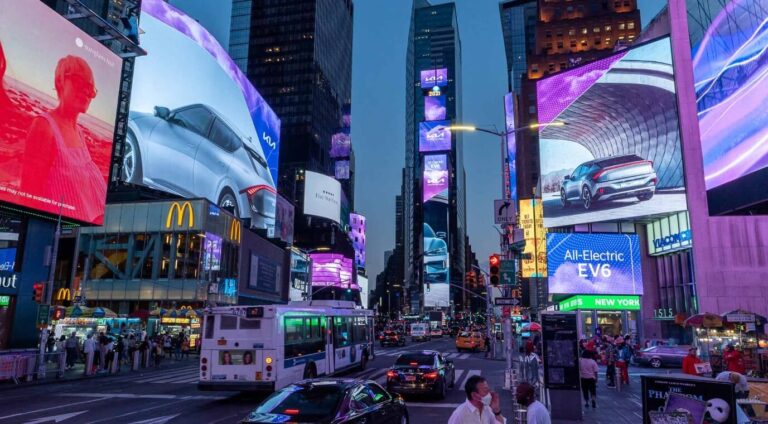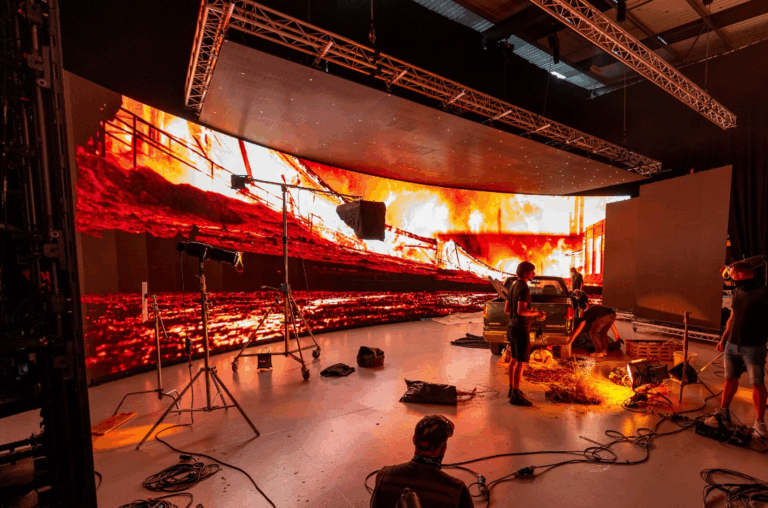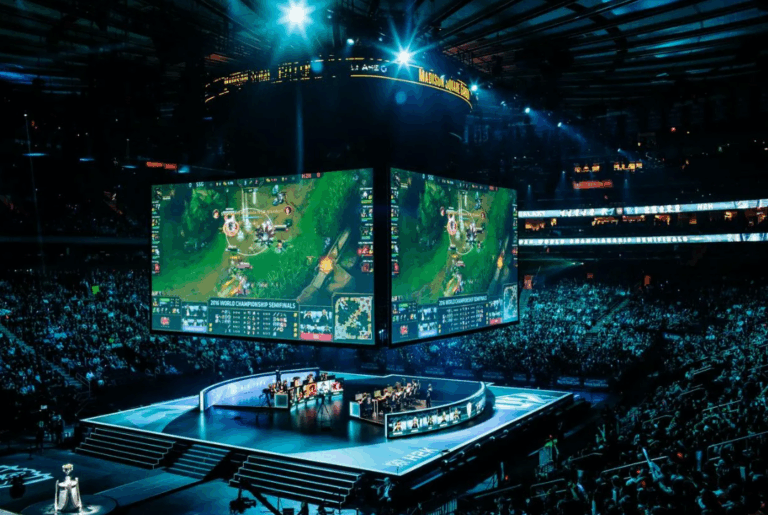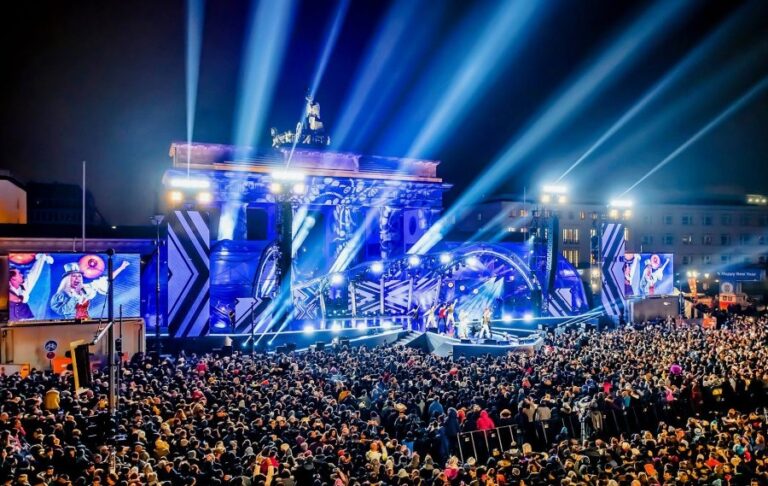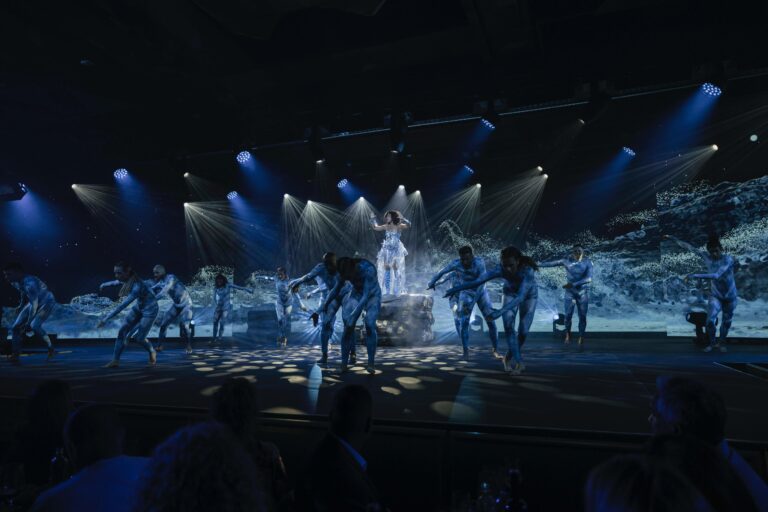Table of Contents
ToggleWhat Is a Lightweight LED Panel?
A lightweight LED panel is a display unit engineered with die-cast magnesium alloy, carbon fiber, or high-strength polymer nanomaterials. A standard 500 × 500 mm cabinet typically weighs under 7.5 kg (≈30 kg/m²).
The core value lies in structural-mechanics optimization: maintaining exceptional precision and heat dissipation while dramatically cutting total costs across live-event setup, cross-border logistics, and rigging.
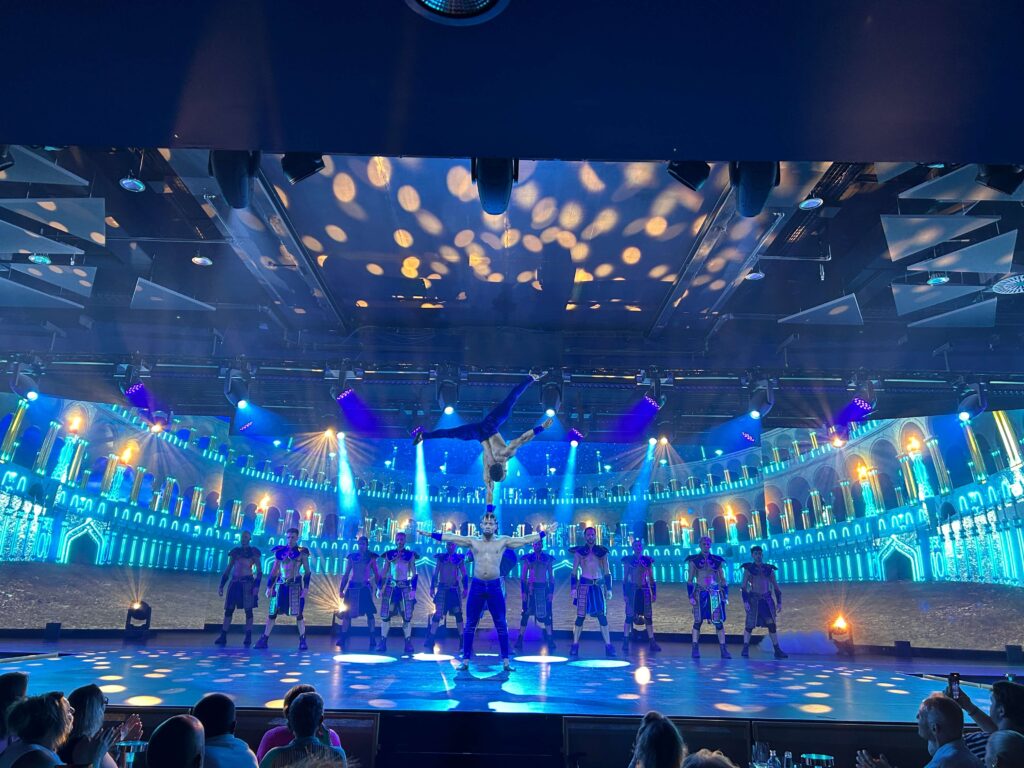
Why “Weight Reduction” Becomes the Top KPI for Live Events & Rentals in 2026
At the supply-chain level, every 1 kg reduced triggers a ripple effect across the entire project lifecycle:
-
Labor efficiency, step-change gains
Traditional cabinets at ~40 kg/m² require two technicians per panel. Sostron’s lightweight approach enables single-person, one-handed handling, boosting installation efficiency by 50%+. -
Structural load & safety
Large concerts (e.g., major Chilean music festivals) often suspend hundreds of square meters of LED. Lower self-weight reduces truss loads, cuts insurance premiums, and lowers on-site collapse risk. -
Logistics throughput
With airfreight costs still elevated, lighter panels allow more units per flight case, delivering 30–40% savings on international shipping.
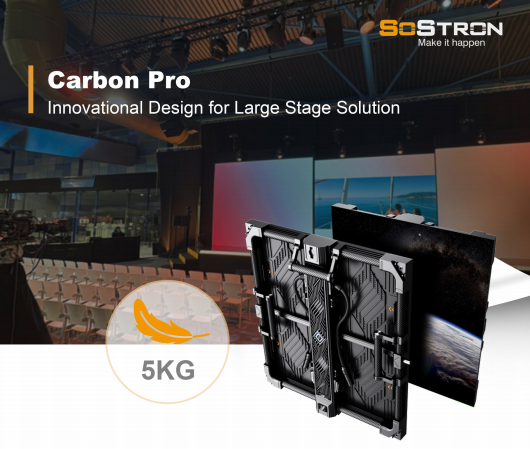
Table 1. Material Technologies: Specs & Best-Fit Scenarios
| Material Type | Avg. Weight (500×500 mm) | Structural Strength | Thermal Performance | Typical Use Case |
|---|---|---|---|---|
| Die-cast aluminum | 8.5–10 kg | Very high | Excellent | Outdoor fixed installs (Storm Series) |
| Die-cast magnesium alloy | 6.5–7.5 kg | High | Good | General stage rentals (Hima) |
| Carbon fiber | 5.0–5.8 kg | Very high (tensile) | Medium (needs thermal modeling) | Flagship rentals (Carbon Pro) |
| Reinforced polymer | 6.0–7.0 kg | Medium | Average | Short-term expos / retail |
Product Spotlight: Sostron Carbon Pro — The Ultralight Benchmark for Live Events
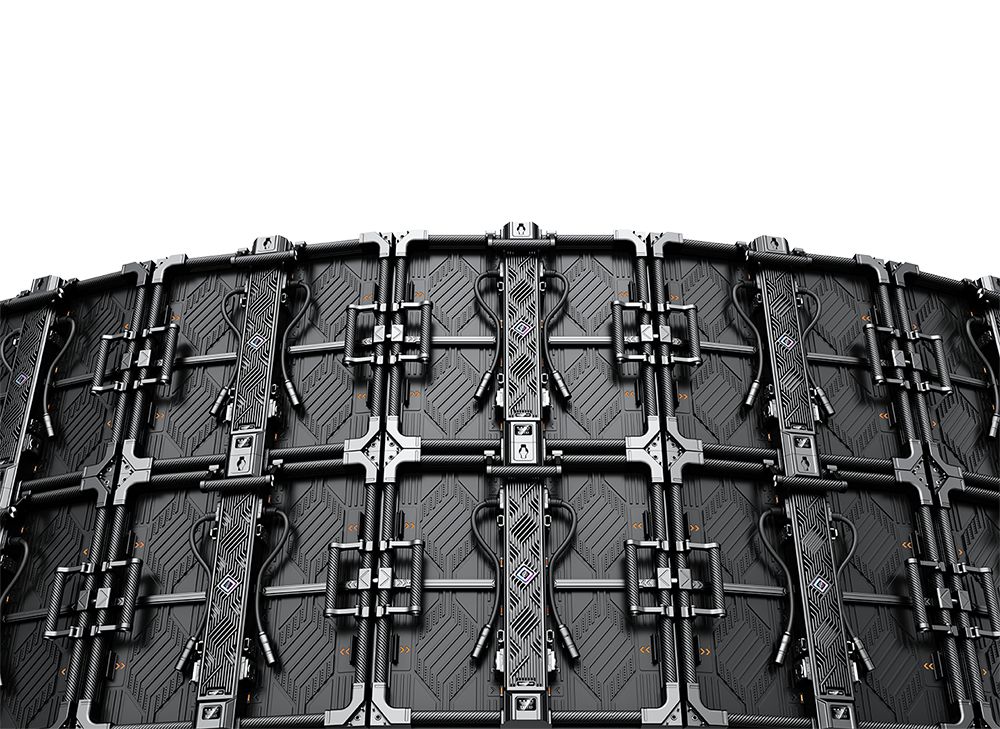
As the flagship from Sostron’s R&D center, Carbon Pro represents the current peak of lightweight LED engineering.
-
Extreme physical efficiency: 5 kg per cabinet
-
High refresh & image fidelity: 7,680 Hz refresh rate, camera-ready for 8K and XR virtual production—no scan lines
-
Mechanical innovation: Proprietary quick-lock system delivers 0.1 mm assembly accuracy without adding weight
Case in point
For a Chilean music festival (stage rental), we deployed P4.8 outdoor rental panels (Carbon family). Despite complex weather conditions, the IP65 rating and carbon-fiber architecture enabled rapid installation of hundreds of square meters of irregular suspended screens—perfectly synchronized with audio and lighting cues.
The Business Case: TCO & ROI of Lightweight Panels
B2B buyers often fall into the unit-price trap. From a supply-chain director’s standpoint, the right metric is TCO (Total Cost of Ownership).
Table 2. Operating Cost Comparison for a 100 m² Screen
| Cost Item | Traditional Aluminum | Sostron Carbon Pro | Savings / Upside |
|---|---|---|---|
| Installation labor (per event) | 8 people × 8 hrs | 4 people × 4 hrs | 75% labor hours saved |
| International air freight | ~$12,000 (est.) | ~$7,800 (est.) | 35% shipping reduction |
| Truss / crane rental | Heavy-duty systems | Standard light systems | Lower equipment rental |
| Power loss (common cathode) | 100% baseline | 50–60% (Ares 2 tech) | Power costs halved long-term |
Conversion takeaway
Our engineering team can deliver a precise ROI model for your use case. Get your customized quotation.
3 Ways to Spot “Fake Lightweight” Panels
Not every thin panel is a good asset. Over 14 years of manufacturing, we’ve seen failures caused by reckless weight cutting:
-
Thin walls that kill thermal performance
Some vendors shave weight by thinning back plates, trapping PCB heat. Sostron uses thermal simulation to balance weight and cooling. -
Low-precision locks
Lighter materials demand higher lock accuracy. Poor tolerances cause micro-shifts during suspension, leading to visible black lines. Look for CNC-machined locking systems. -
Undersized power supplies
Ultra-thin, low-grade PSUs are a common shortcut. Sostron insists on high-efficiency, all-aluminum integrated PSUs, ensuring 100,000-hour L50 lifespan.
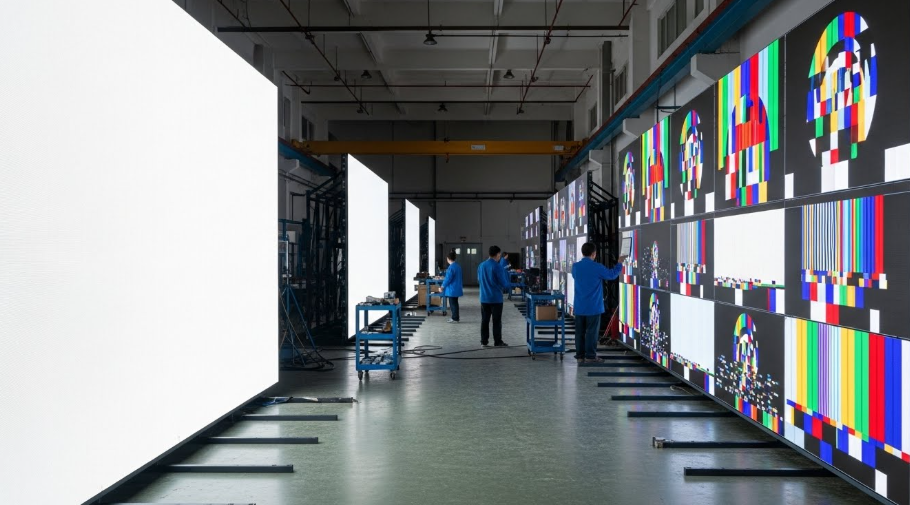
FAQ: What Buyers Ask Most (People Also Ask)
Q: Are lightweight panels safe in strong outdoor winds?
A: Safety depends on aerodynamic design, not weight alone. Sostron’s Storm Pro and Carbon series undergo wind-tunnel simulations. In high-wind regions, we recommend reinforced rear bracing.
Q: If carbon fiber is lighter, why not use it everywhere?
A: Cost optimization. Magnesium alloy offers the best cost-to-weight ratio (e.g., Hima series). Carbon fiber is ideal for top-tier tours where every kilogram matters.
Q: Can your 15,000 m² facility handle large-scale customization?
A: Yes. As a national high-tech enterprise, we support both standard products and OEM/ODM. Our R&D center can deliver structural optimization proposals within 72 hours.
Conclusion: From Factory Floor to the Global Stage
Sostron is more than an LED manufacturer. With 14 years of experience, a 4,000 m² R&D center, and national high-tech certification, we deliver not just lighter products—but growth tools powered by supply-chain optimization.
Whether you’re a procurement manager for live events or a factory owner seeking a reliable OEM partner, our 15,000 m² smart manufacturing base is ready for your visit.
Want to feel how light Carbon Pro really is?
Book a tour of our 15,000 m² facility or contact our engineers for the technical white paper.
References:
IEC 62471 – Photobiological Safety of LED Products
IEC 62368-1 – Audio/Video, ICT Equipment Safety

About Dylan Lian
Marketing Strategic Director at Sostron

